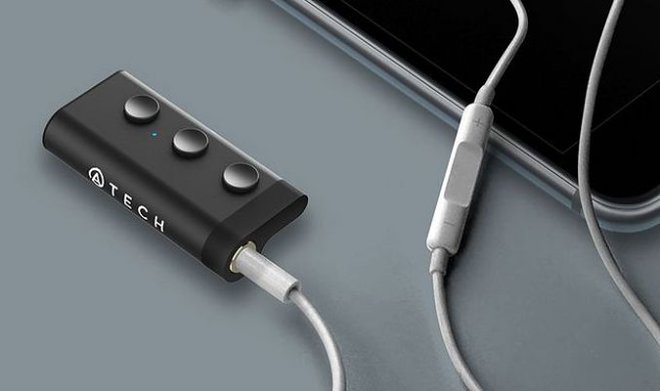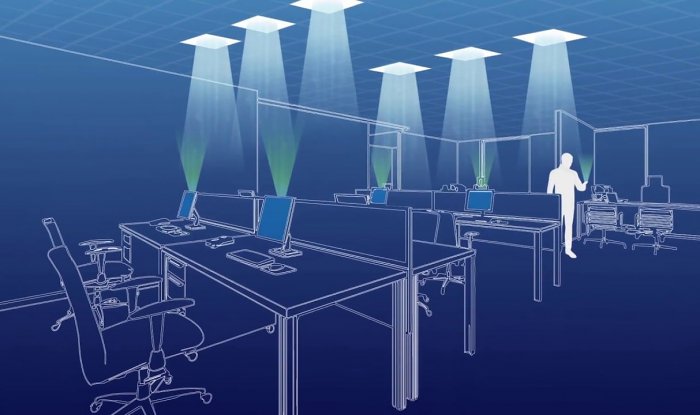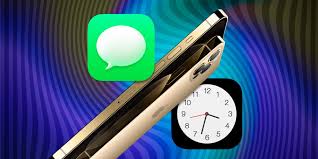Generally, wearable technology refers to tiny, wearable computing devices that can be worn on or attached to your body. They can be clipped onto clothing or worn as glasses or smartwatches. Typically, their intended functionality is dependent upon being linked to the internet or to a mobile device via Bluetooth. When we talk of wearables, we usually refer to smart glasses, smartwatches, smart tracking devices, activity trackers or wearable cameras. Moreover, we have gotten used to looking at these devices as mere consumables only suited for personal use. However, that is not entirely the case.
According to Jonathan Foley of Wulf Marketing, there is a growing trend where these wearable devices are used for many diverse business applications where the luxury of remote access to real-time data, portability of these devices and their incorporation of emerging technologies ensuring customizability to an array of daily environments, make them the sought after tools to ensure increased productivity, efficiency, employee safety, and cost savings. With increased mainstream adoption, it is inevitable that wearable technology would make inroads into small and big businesses alike due to their ease of adoption and cost-effectiveness. A key factor that would substantially influence this adoption into business applications is the cost and complexity in building computer systems to support these devices and process data for real-time access, not so much the cost of the devices themselves.

A key area for business adoption would be the use of smart glasses and smartwatches by sales professionals where the instant access to data, having real-time data on demand and the ability to share such data with sales teams or with customers, would help make gains in customer satisfaction, sales efficiency and cost savings. For example, adoption of such devices for marketing, customer data collection, recording customer insights, sharing real-time sales information with colleagues, providing customers with instant information for their queries on the sales floor would prove instrumental in remaining competitive. Moreover, during business travel, sales professionals can access relevant data through smart glasses or watches from remote locations while traveling or during meetings without having to meddle with smartphones or laptops. Additionally, these devices could also be used to make online credit card payments which would enhance the overall customer experience.
Another area where wearable technology has come into increased usage already is in the warehouse and stock management. In factories and warehouses, smart glasses, activity trackers, smartwatches, wearable cameras, and smart tracking devices would be used for stocktaking, stock control, remote communication, monitoring, and recording employee performance. For example, supermarket warehouses can realize operational efficiencies through such adoption, reduce the need for full-time staff, remotely communicate tasks, verify employee actions and send feedback instantaneously.
Furthermore, this technology would come in very handy in the field service and industrial solutions industries where remote access to necessary data, ability to monitor employees in harsh environments, ability to disseminate instructions and remotely observe operational locations would prove critical for project success. The adoption of activity trackers, smart glasses, smartwatches, and wearable cameras would help in instant access to relevant manuals, structural diagrams during repairs, remotely managing equipment in an assembly line or in a harsh environment, capture, remotely process data and generate reports. Field engineers, technicians, construction workers, mining and oil rig workers would find this technology helping them to worker smarter, safer, communicate better and in the long run, increase productivity. Additionally, the ability to communicate easily would be useful for emergency workers, medical personnel, search and rescue teams, environmental disaster teams, law enforcement, the military and firefighter alike.




Tkbvmg
purchase nexium generic – order generic nexium imitrex 25mg cheap